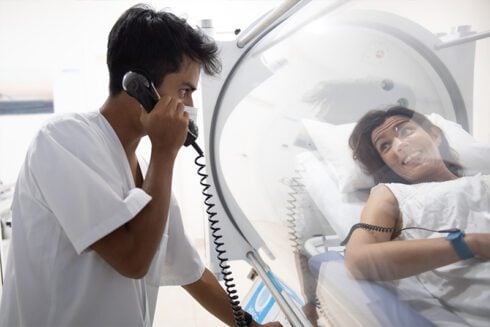A STUDY says people in Spain are getting more reliant on taking drugs like lorazepam and diazepam to combat anxiety and insomnia with usage tripling in just 17 years.
The report from the University of Santiago de Compostela says that one in five people aged between the ages of 15 and 64 regularly take some form of hypnosedative medication.
Statistics show that just 3.7% of the population took a dose of anxiolytics over a 30 day period in 2005 as opposed to 9.7% in 2022- the last year when official figures are available.
READ MORE:
- Hallucinogenic mushrooms are better at treating depression than conventional medicine, European study suggests
- Anxiety and Depression – why you shouldn’t try to solve them

The conclusions have been published in the scientific journal of the Spanish Society of Public Health and Health Administration (Sespas).
The authors say the increase is down to an increased growth in diagnoses of mental disorders- mainly anxiety or insomnia- registered in Spain over the last 17 years.
That has been especially fuelled by the recession and more recently the Covid-19 pandemic.
The report adds that the high rates of unemployment and job insecurity has compounded to explain the abuse of anxiolytics.
There is also easier access to the drugs coupled with a lack of psychiatry and psychology appointments which could have been used to address the issue with non-pharmacological therapies.
The Santiago study suggests that woman take 64% more anxiolytics than men of the same age, and that they account for 12 % of regular users compared to men on 7%.
The difference may be down to females being more aware of mental health problems and being more willing to see a doctor than a male.
The report also believes that doctors are more likely to attribute certain symptoms to psychological issues when it comes to women and more to physical reasons amongst men.
There are significant regional variations over the use of anxiolytics with Galicia, the Balearic Islands and Andalucia on double the national average.
In contrast, they are less used in the Basque Country, Catalunya and especially the Madrid region, where figures are at half of Spain’s average.








